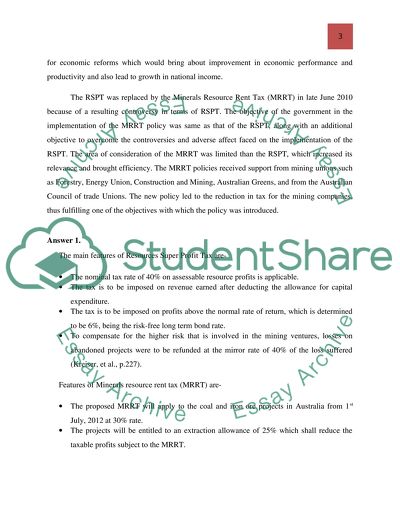Cite this document
(“Assignment 1 (Mineral Resource Rent Tax (MRRT) Case Study”, n.d.)
Assignment 1 (Mineral Resource Rent Tax (MRRT) Case Study. Retrieved from https://studentshare.org/finance-accounting/1483874-assignment
Assignment 1 (Mineral Resource Rent Tax (MRRT) Case Study. Retrieved from https://studentshare.org/finance-accounting/1483874-assignment
(Assignment 1 (Mineral Resource Rent Tax (MRRT) Case Study)
Assignment 1 (Mineral Resource Rent Tax (MRRT) Case Study. https://studentshare.org/finance-accounting/1483874-assignment.
Assignment 1 (Mineral Resource Rent Tax (MRRT) Case Study. https://studentshare.org/finance-accounting/1483874-assignment.
“Assignment 1 (Mineral Resource Rent Tax (MRRT) Case Study”, n.d. https://studentshare.org/finance-accounting/1483874-assignment.


